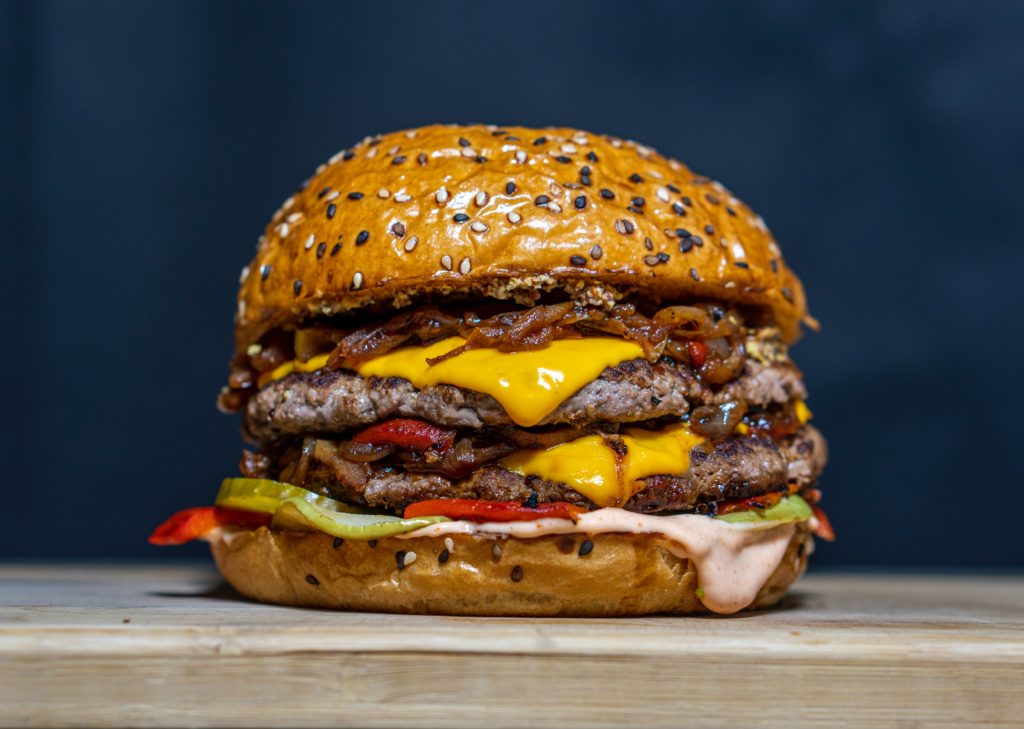The burger owns chain initially began its business in the year of 1953 in Jacksonville, Florida as Insta-Burger King. The company was started when Keith J. Kramer and Mathew Burns visited McDonald Brothers’ original store and had an idea to start their own burger fast-food chains. They began their own stores after acquiring patents to their signature ‘Insta-Machines’, more specifically, the ‘Insta-Broiler’ grill machine that lead them to success. But in 1959, Insta-Burger King ran into financial difficulties. It was purchased by two classmates of Cornell University, James McLamore, and David Edgerton.
Burger King
The classmates already owns one of the Insta-Burger King franchisees back in 1954, and when the business faltered in 1959, they were the ones to purchase the whole company in order to restructure the whole business from the ground up. They changed the initial success mantra of the previous business, the ‘Insta-Broiler’ with a special gas grill called the ‘Flame-Broiler’ that eliminated the problems that they faced while using the prior machine. This, paired with the growth and development of the Miami metropolitan area provided a wonderful opportunity for the expansion of their business.
By the year 1961, the new Burger King was grabbing people’s attention with their offerings and their signature burgers called the ‘Whoppers’. With its local success at its peak, the burger chain started to spread across the USA to over 250 locations in the country.
Seeing the rapid growth and succession of the fast-food company, the Pillsbury Company bought the Burger King Corporation in the late 70s for 18 million dollars.
The Pillsbury Restructure
In the late 1970s and early 1980s, the Pillsbury Company yet again wanted to restructure the fast-food chain. It tried several times on its own, but the results were unsatisfactory. And so, in 1978, the company brought in former McDonald’s executive Donald N. Smith to help Pillsbury in the restructuring process.
With the title of the operation named ‘Phoenix’, Smith started to change the whole system of Burger King by changing to new franchise agreements, a broader menu, and new standardized designs of their outlets. But after just 2 years, Smith left Burger King to Join PepsiCo.
After Smith’s departure, the task of revitalizing the burger chain was given to Norman Brinker. He started to deliberately go after McDonald’s, claiming their burgers were better than their rivals in a first-ever ‘Attack Ads’ campaign in the food industry. This led to the rivalry between the Clown and the King both the companies have to this day.
But soon after, Brinker too left the company for the Chili’s restaurant chain. And yet again, Burger King declined, giving Grand Metropolitan PLC, a British company, a takeover bid on Pillsbury.
The Grand Met Bet
After Grand Metropolitan’s acquisition of the fast-food chain, the decision was made to take a global approach, and make Burger King a part of the global food industry. This brought about major changes to the company like a change in the contract of Burger King’s distribution channels and switching contracts from PepsiCo to Coca-Cola for their soft-drink supplies. Likewise, they partnered up with The Walt Disney Company for the tie-ups in their Disney Films. They expanded Burger King to Britain after acquiring the British burger chain Wimpy.
But after Grand Met merged with Guinness, leading to the formation of Diageo PLC, Burger King Felt Ignored. Diageo PLC was more focused on their alcoholic beverages Johnnie Walker and Moet & Chandon.
3G Capital And Restaurant Brands International
As a loop, Burger King was taken over again by TPG Capital with the financial assistance of Goldman Sachs and Bain Capital for $1.5 Billion. Here, TPG introduced The Whopper Bar, a Starbucks concept that gave customers a look at how their burger was being made. The company grew exponentially to $3.2 Billion, which is the price that 3G Capital paid for Burger King in 2010 to TGP Capital.
As Burger King had experienced in its prior acquisitions, the whole structure of the entirety was yet again revamped. Burger King’s menus and subsequent Ad campaigns were doing good so far when 3G Capital decided to merge Tim Hortons, a Canadian restaurant chain and coffee shop to Burger King in 2014.
With the merger of these two companies, Restaurant Brands was given birth, which had the main goal to acquire multiple fast-food chains under its command. And so, In 2018, after a long series of buyouts, acquisitions, and mergers, Burger King rose to the No. 2 spot in the Burger Wars with a sale estimate of $9.3 Billion.
